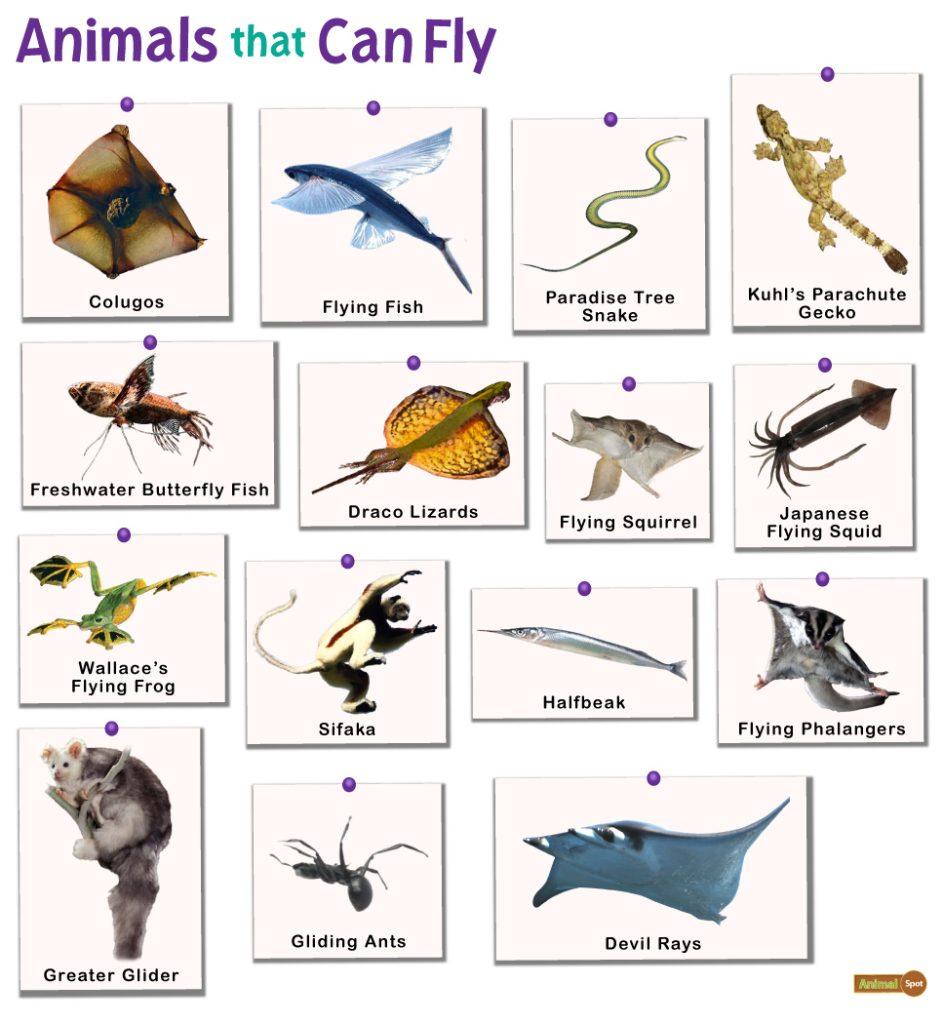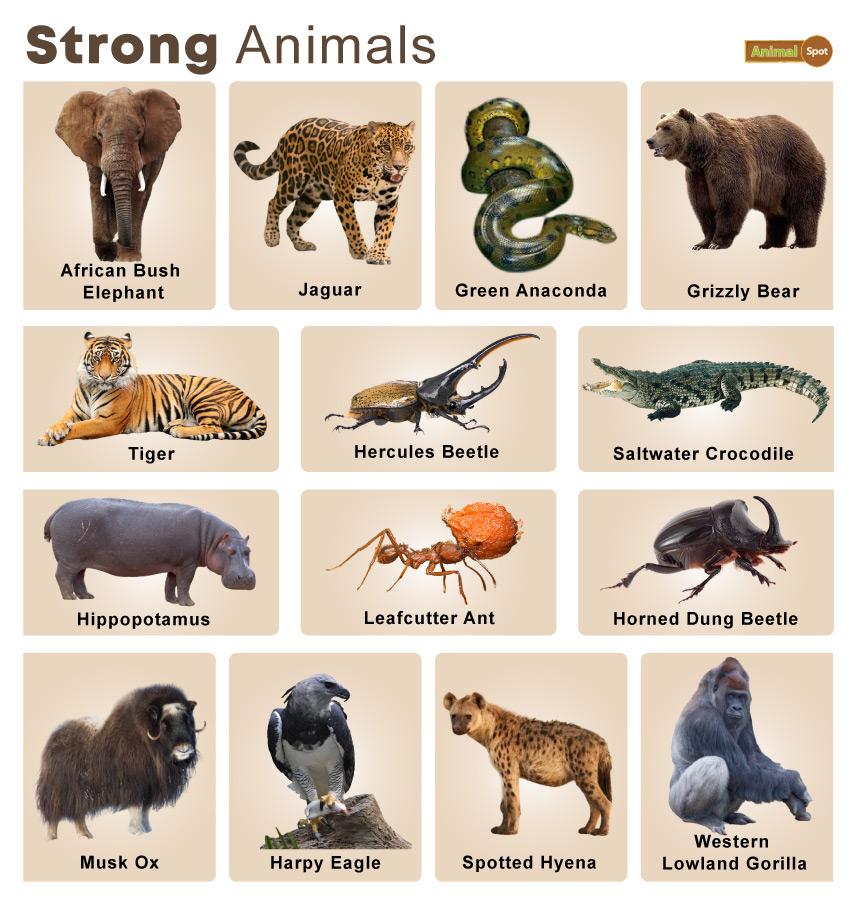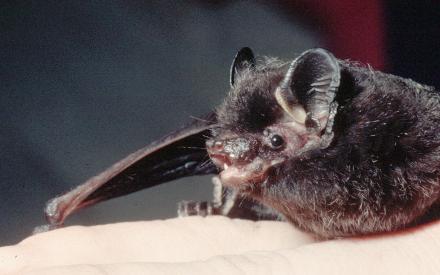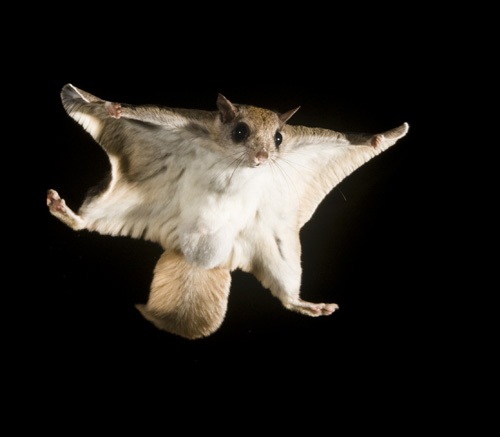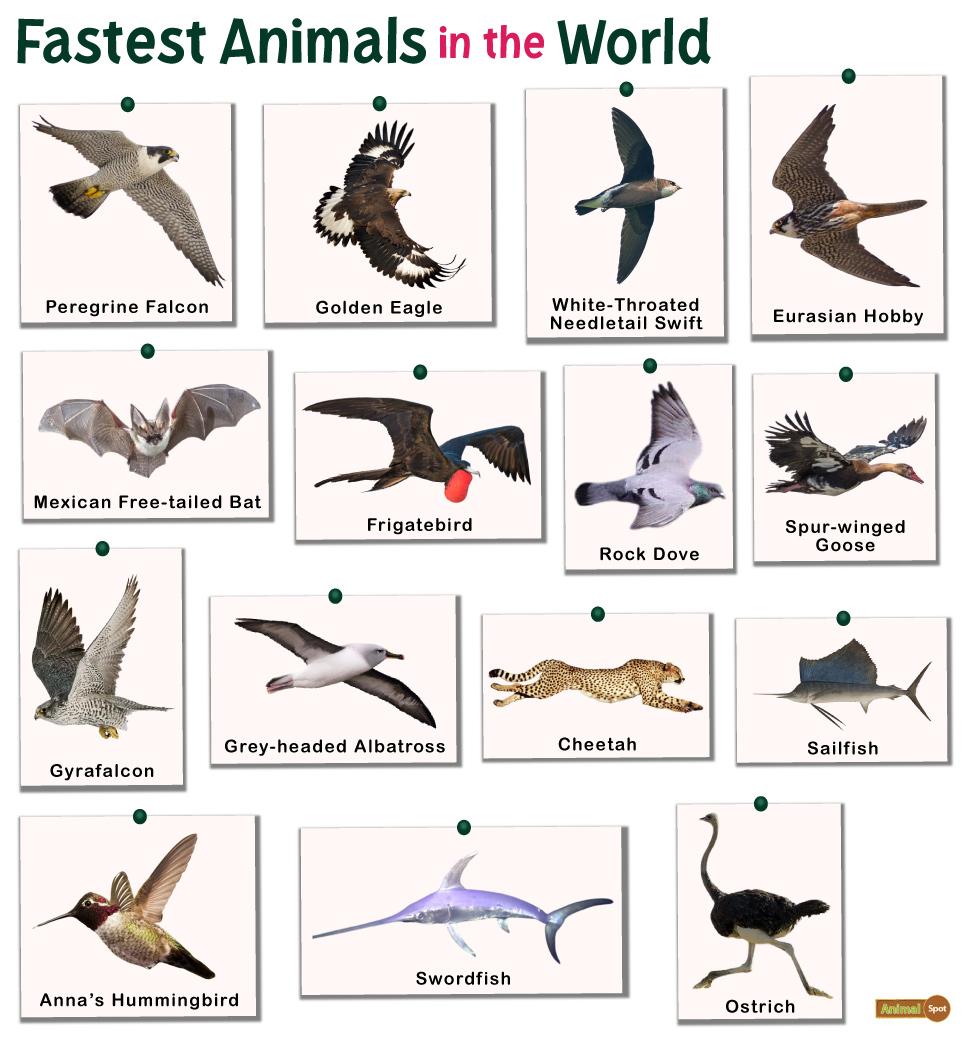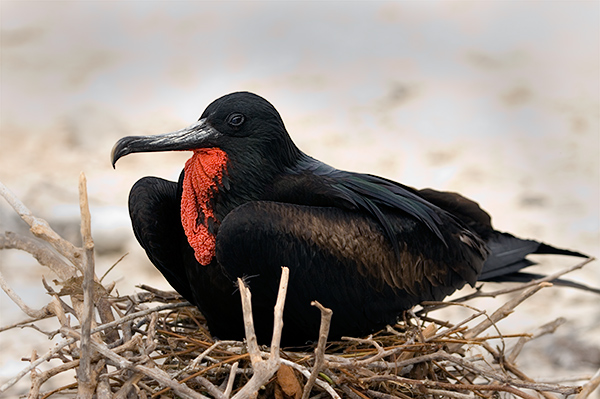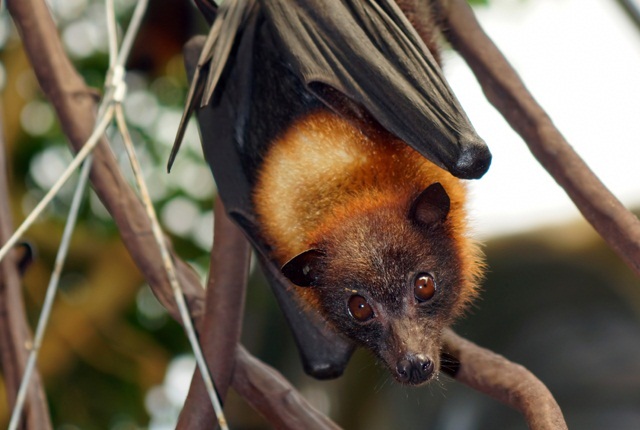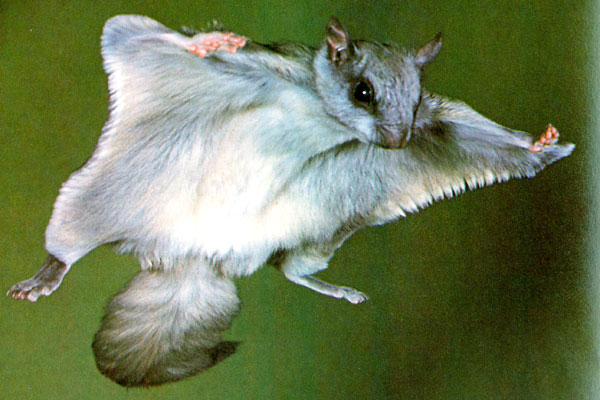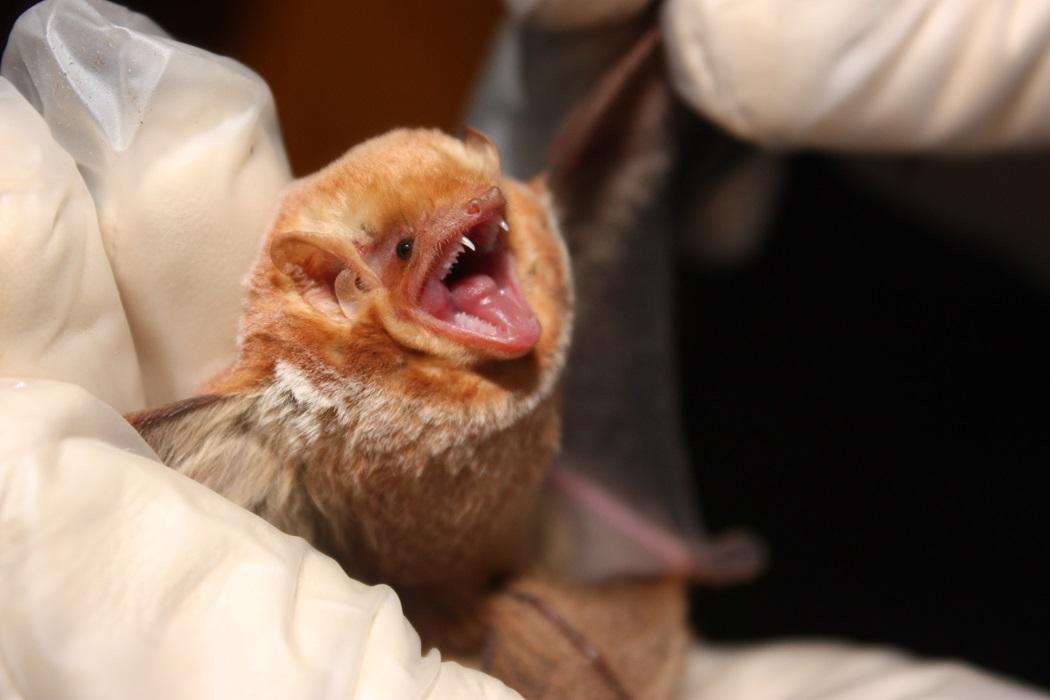| Colugos | Mammal | They are alternately called flying lemurs but aren’t lemurs in the true sense of the term. Found in Southeast Asia, the colugo is known for its ability to glide up to a distance of 230-330 feet. Their lightweight body, long slender limbs, medium-length tails, and sharp claws make them good gliders. |
| Flying Fish | Fish | They cannot make a powered flight. However, they propel out of the water at over 35 miles/hour and glide on the surface for about 650 feet. Their wing-like pectoral fins help them glide with ease for considerable distances. These fish have streamlined bodies and large tails that help them pick up speed when they reach the water’s surface. |
| Paradise Tree Snake | Reptile | These arboreal snakes can glide from the top of the tree by stiffening and flattening their body. Slow motion photography captured the undulating body movement of the snake when in flight, with its head remaining stable. This shows that they have a controlled flight. They have good aerodynamic abilities and can glide up to 65 feet. |
| Kuhl’s Parachute Gecko | Reptile | Their webbed feet, flat tail, and flaps on both sides of their body help these geckos in gliding over a short distance. |
| Freshwater Butterfly Fish | Fish | They can glide and jump up to a small distance when they have built enough speed in the water. This helps them detect prey with increased accuracy. |
| Draco Lizards | Reptile | They are a genus of flying lizards, alternately called gliding lizards or flying dragons. These arboreal lizards have elongated ribs. There are folds of skin between the ribs that lie flat against their body when unused. However, during a flight, the lizards can unfurl the skin folds and use them as wings. They can glide to a distance of as much as 200 feet. |
| Flying Squirrel | Mammal | The membrane between their forelegs and hind legs functions as a parachute, helping them fly or glide from one tree to the other. Their long tails give them stability while gliding. |
| Japanese Flying Squid | Invertebrate | They use the technique of jet propulsion (propulsion by ejecting a high-speed jet of liquid or gas backward) to propel out of water. They glide (at 36 ft/second) by spreading their arms and fins and create an aerodynamic lift. |
| Wallace’s Flying frog | Amphibian | The presence of loose skin flaps on either side of their body and enlarged membranes on their toes help them glide easily to 50 feet or even more. Suction pads on their toe and feet help these frogs get a better grip when landing on the ground. |
| Sifaka | Mammal | They have membranes inside their arms which help them glide up to a distance of more than 30 feet. |
| Halfbeak | Fish | They use their big pectoral fins as wings to fly above the water surface and escape aquatic predators. |
| Flying Phalangers | Mammal | This genus has eight species, like the sugar glider, squirrel glider, and savanna glider. They have a skin fold called the gliding membrane, which helps them easily lift their body during gliding. |
| Greater Glider | Mammal | They have long tails, long limbs, and a gliding membrane extending up to their elbow that help them glide up to a considerable distance. |
| Gliding Ants | Insect | Gliding ants comprise arboreal ants belonging to at least five different genera. They use their gliding skills to return to the tree trunk they live in, in case they get knocked off or fall from the branch. Cephalotes atratus was the first gliding ant species that was spotted to display this ability. |
| Devil Rays | Fish | They can leap from the surface of the water and remain in the air for quite some time. They mostly perform this activity to eliminate the parasites that often remain stuck on their skin. |
| Ballooning Spiders | Invertebrate | Ballooning is seen in certain spider species, like crab spiders. Mainly the young spiders secrete gossamer silk and travel through the air. |

